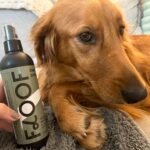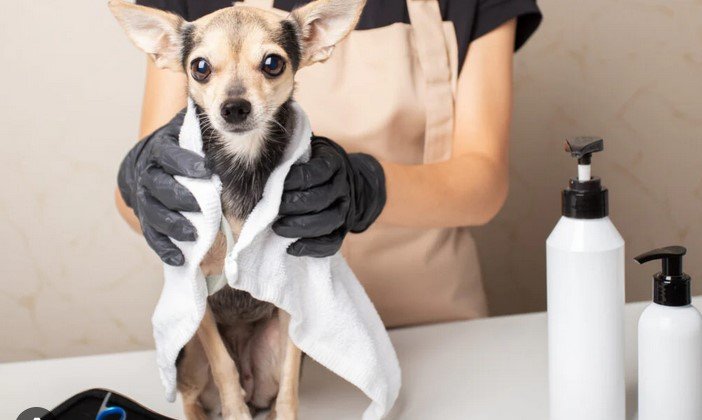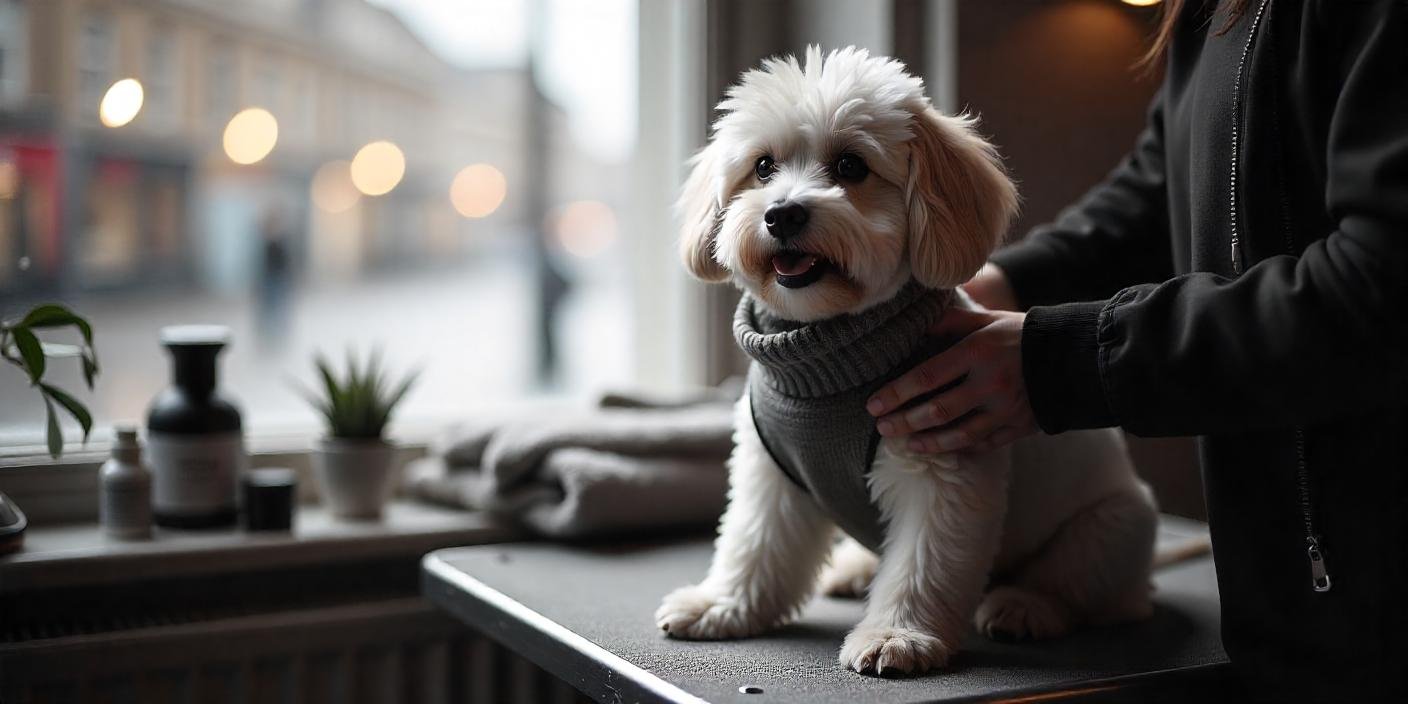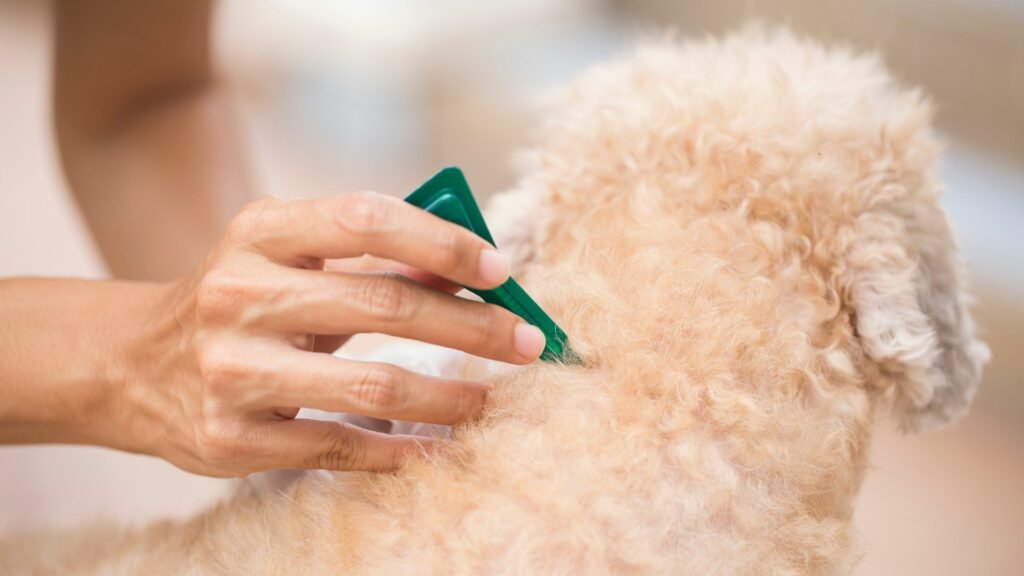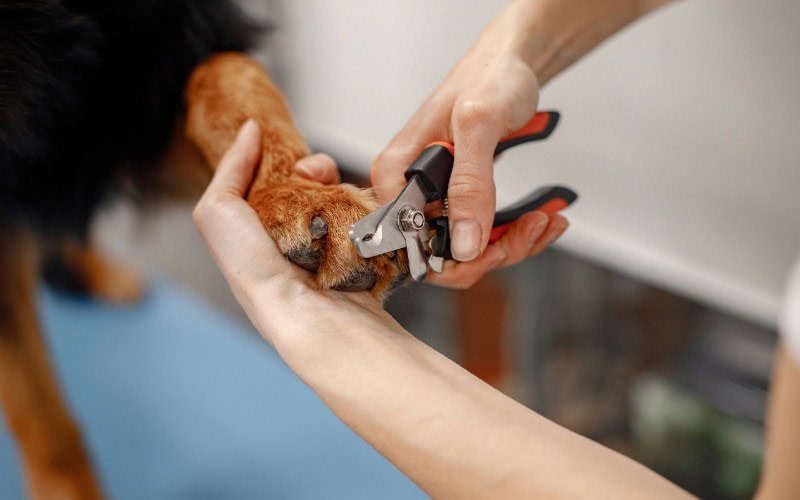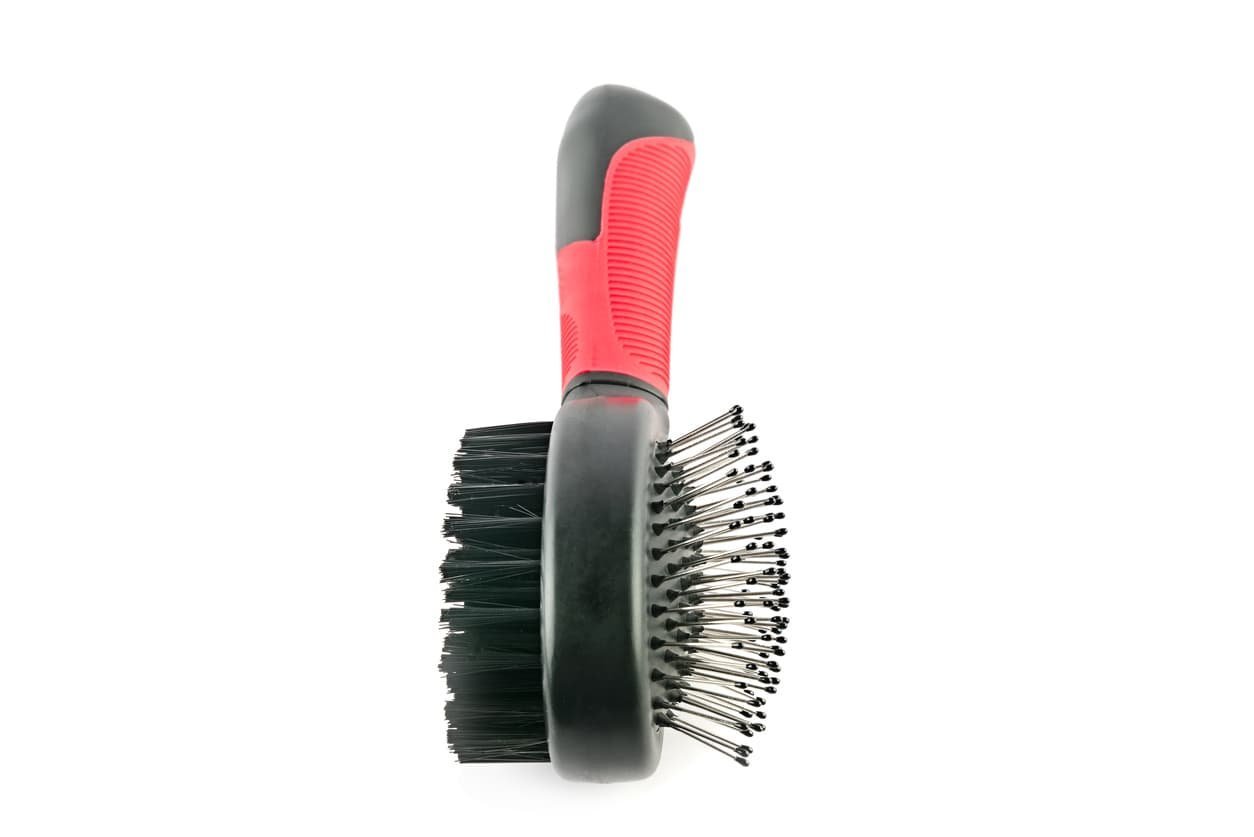Bringing a puppy into your home is an exciting experience, and as your new furry friend grows, grooming becomes an essential part of their care routine. Proper grooming helps keep your puppy clean, healthy, and comfortable. It also provides an opportunity to bond with your pet while teaching them to accept regular handling. In this post, we’ll cover the grooming essentials you need for your puppy, ensuring they stay happy and healthy from head to tail.
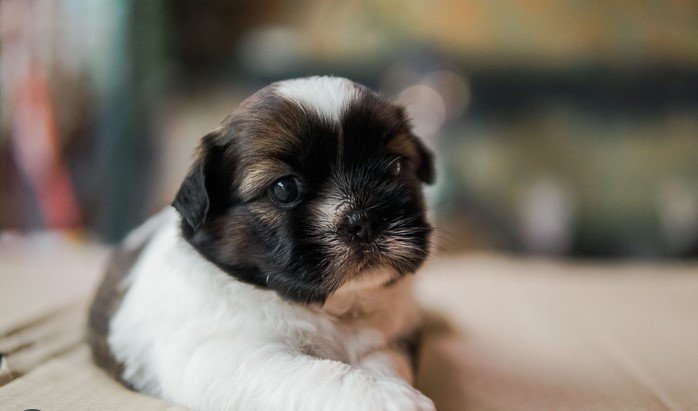
Why Grooming is Important for Puppies
Grooming is much more than just making your puppy look good—it’s a vital part of their overall health. Regular grooming helps:
- Maintain a clean coat: Regular brushing removes dirt, debris, and loose fur, keeping your puppy’s coat shiny and healthy.
- Prevent matting and tangling: Puppies can develop mats and tangles in their fur if not brushed regularly, which can be uncomfortable and hard to remove.
- Improve skin health: Brushing stimulates the skin and helps distribute natural oils, keeping your puppy’s skin moisturized and healthy.
- Check for health issues: Grooming gives you the chance to check your puppy’s ears, eyes, teeth, and skin for any signs of infection, irritation, or parasites.
Starting grooming early will help your puppy become comfortable with the process and make it a routine that both of you can enjoy.
Essential Grooming Tools for Puppies
To properly groom your puppy, you’ll need a few key tools. Choosing the right tools for your puppy’s coat type and size is crucial for making the grooming process smooth and enjoyable. Here are some essential grooming tools every puppy parent should have:
1. Brush or Comb
Brushing is one of the most important grooming tasks for puppies. Regular brushing removes tangles and mats while keeping the coat healthy. The type of brush you need depends on your puppy’s fur type. Here are the most common types of brushes:
- Slicker brush: Perfect for puppies with long or thick coats, a slicker brush can easily remove mats and tangles without damaging the fur.
- Pin brush: Great for medium-length coats, this brush helps untangle knots and remove loose fur.
- Bristle brush: Ideal for short-haired puppies, a bristle brush helps distribute natural oils and keeps the coat shiny.
- Fur comb: Use a comb to remove tangles in areas that the brush may have missed, especially behind the ears or around the legs.
2. Nail Clippers or Nail Grinder
Puppy nails grow quickly and need regular trimming to avoid discomfort and potential injury. Long nails can get caught in carpets or cause pain when walking. There are two main tools for trimming puppy nails:
- Scissor-style nail clippers: These are great for small puppies with soft nails and are easy to handle.
- Guillotine-style clippers: These are ideal for dogs with thicker nails and provide a clean cut.
- Nail grinder: For more delicate trimming, a nail grinder gently sands down the nails without the risk of cutting too short.
Be sure to trim only the tip of the nail and avoid cutting into the quick, the sensitive part of the nail that can bleed. If you’re unsure, seek a professional groomer or veterinarian for guidance.
3. Puppy-Specific Shampoo
Bathing your puppy is an essential part of their grooming routine, but it’s important to use the right products. Puppies have sensitive skin, so using a gentle, puppy-formulated shampoo is key to preventing irritation.
- Puppy shampoo: Opt for a mild, hypoallergenic formula that is free of harsh chemicals, fragrances, and artificial colors.
- Oatmeal-based shampoo: If your puppy has sensitive skin or suffers from dryness or itching, oatmeal-based shampoos can help soothe and moisturize the skin.
Avoid using human shampoo, as it can be too harsh for puppies and disrupt the natural oils in their fur.
4. Ear Cleaner and Cotton Balls
Puppies’ ears require regular inspection to prevent infections. It’s essential to check their ears frequently, especially if they have floppy ears, as moisture can get trapped, leading to ear infections.
- Ear cleaning solution: Use a vet-approved ear cleaner to gently remove wax and debris from your puppy’s ears.
- Cotton balls or gauze pads: Soak the cotton balls in the ear cleaner and gently wipe the inside of the ears to remove dirt and excess wax.
Avoid sticking anything into the ear canal, as this can cause injury or push debris further into the ear.
5. Toothbrush and Dog Toothpaste
Oral health is often overlooked, but regular teeth brushing is important for puppies. Puppies can start getting plaque buildup as early as six months of age, which can lead to gum disease and bad breath. Use a toothbrush and toothpaste designed specifically for dogs.
- Dog toothbrush: Look for a toothbrush with soft bristles and an angled head for easier access to your puppy’s teeth.
- Dog toothpaste: Never use human toothpaste, as it can be harmful to dogs. Opt for a dog-safe toothpaste that’s safe to swallow.
Start brushing your puppy’s teeth early to get them accustomed to the process. Regular brushing will help keep their teeth and gums healthy and reduce the risk of dental disease later in life.
Bathing and Drying Your Puppy
Bath time can be a fun bonding experience for you and your puppy if done correctly. Here’s how to make bath time enjoyable for your puppy:
- Prepare the bath area: Make sure the bath area is warm, quiet, and non-slip. If you’re bathing your puppy in a bathtub, use a non-slip mat to prevent accidents.
- Use lukewarm water: Avoid water that is too hot or cold. Lukewarm water is comfortable and soothing for your puppy.
- Gently lather and rinse: Apply the puppy shampoo and gently lather. Rinse thoroughly to remove all soap, as leftover shampoo can irritate the skin.
- Dry with a towel: After the bath, gently pat your puppy with a towel to remove excess water. If your puppy tolerates it, you can use a hairdryer on a low, cool setting to dry their fur.
Never force your puppy into the bath or make it a stressful experience. Keep bath time short, and offer praise and rewards afterward to create a positive association.
Conclusion
Grooming is an essential part of puppy care that helps keep your dog clean, healthy, and happy. Starting a regular grooming routine early on will not only keep your puppy looking their best but also create a stronger bond between you and your pet. With the right grooming tools and a little patience, you can ensure your puppy grows up feeling comfortable and confident in their grooming sessions. Remember, grooming isn’t just about looks—it’s about your puppy’s overall health and well-being.





